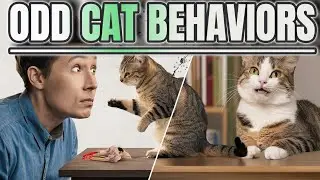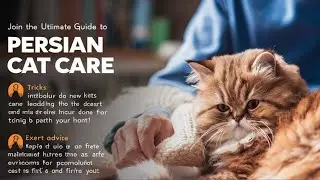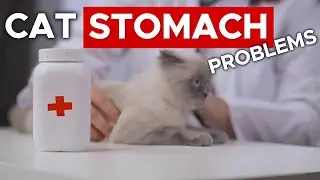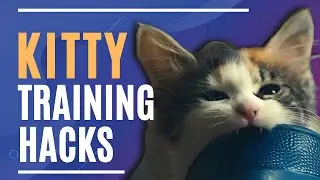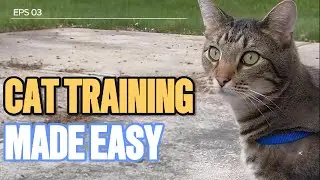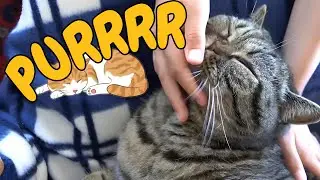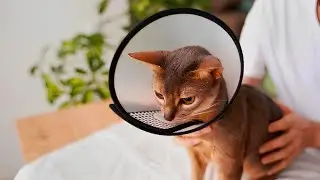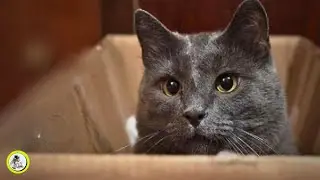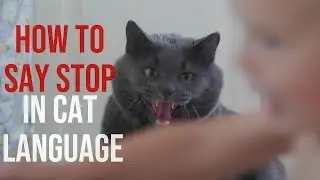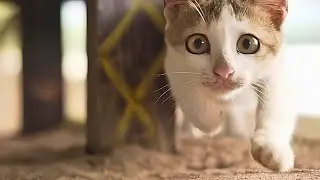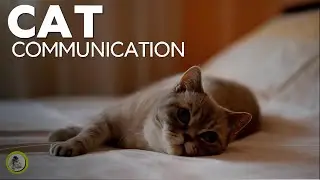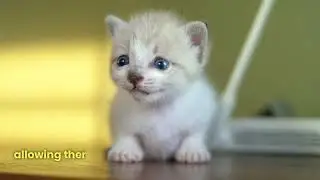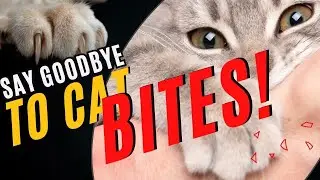"Stop!" in Cat: Teach Your Kitty Boundaries / Cat Communication / Cat World Academy
Understanding cat communication is essential for effective training. Cats use body language, vocalizations, and behaviors to convey their feelings and intentions. When training a cat not to do something, it's crucial to use consistent cues and positive reinforcement techniques. In cat language, saying "no" can be expressed through a firm tone of voice accompanied by a gesture such as a hand clap or a hiss, mimicking a mother cat's correction. To train a cat not to do something, redirect their behavior to a more appropriate activity and reward desired behaviors with treats or praise. "Stop" in cat language can be conveyed through a sharp sound or a gentle physical interruption. Similarly, "come here" can be communicated with a beckoning motion and encouraging tone. To engage with cats effectively, observe their body language and respond appropriately. Saying "hi" in cat language involves blinking slowly or making gentle eye contact. Understanding cat language requires patience and observation of their vocalizations, postures, and interactions. When communicating commands like "stop" or "lay down," consistency and positive reinforcement are key to successful training.
Caring for your cat involves various essential aspects to ensure their health and happiness. Regular grooming sessions, including brushing and nail trimming, are crucial for maintaining your cat's well-being and preventing issues like hairballs and overgrown nails that can cause discomfort. Understanding your cat's behavior and training them appropriately also play significant roles in fostering a strong bond and promoting positive interactions. It's essential to provide appropriate scratching posts to satisfy their natural instinct to scratch and deter destructive behavior. Additionally, avoiding declawing, which can be painful and have long-term negative effects on your cat's physical and mental health, is vital. Whether you have a long-haired or short-haired cat, consistent care, attention, and veterinary check-ups ensure they lead a fulfilling and healthy life.
** Proper cat care involves attending to cat health, implementing effective cat training methods, understanding cat behavior, maintaining regular cat grooming routines, managing cat molting, facilitating proper cat toilet training, addressing cat scratching behaviors, nurturing kittens, and considering cat spaying or neutering.
** El cuidado adecuado de un gato implica atender a su salud, aplicar métodos eficaces de adiestramiento, comprender su comportamiento, mantener rutinas regulares de aseo, controlar la muda, facilitar el control de esfínteres, tratar los comportamientos de arañazo, cuidar a los gatitos y considerar la esterilización o castración.
** Channel Link ** / @catworldacademy
** Cat Behavor Playlist **
• Cat Behavior
** Cat Communication Playlist **
• Cat Communication
FOLLOW US ON
INSTAGRAM: / catcaretipsandhealth
TIKTOK: / catcaretipsandhealth
In the realm of cat communication, grasping their cues is pivotal for effective training endeavors. Cats employ an intricate blend of body language, vocalizations, and behavioral nuances to express their sentiments and intentions. When instilling boundaries, consistency is paramount, coupled with positive reinforcement techniques. In cat language, a resolute "no" can be conveyed through a firm tone alongside gestures mirroring a mother cat's correction, such as a hand clap or a hiss. Redirecting undesirable behavior towards more suitable activities and rewarding positive actions with treats or praise is fundamental in training cats. "Stop" in cat language may involve sharp sounds or gentle physical interventions, while "come here" could be communicated through inviting gestures and encouraging tones. Effective engagement with felines necessitates keen observation of their body language, allowing for appropriate responses. Initiating communication with cats can be as simple as offering a slow blink or gentle eye contact, akin to saying "hi" in cat language. Mastering cat language involves patience and a keen eye for their vocalizations, postures, and social interactions. Consistency and positive reinforcement remain paramount when communicating commands like "stop" or "lay down," ensuring fruitful training endeavors.
#catcommunication #howtotraincats #saynoincatlanguage #traincatnottodo #stopincatlanguage #saynoincatlanguage #CatCareTips #CatHealth #CatGrooming #CatBrushing #CatTraining #CatBehavior

![[AMV] верно, я Кира..](https://images.mixrolikus.cc/video/8-3v0E_Axvw)







